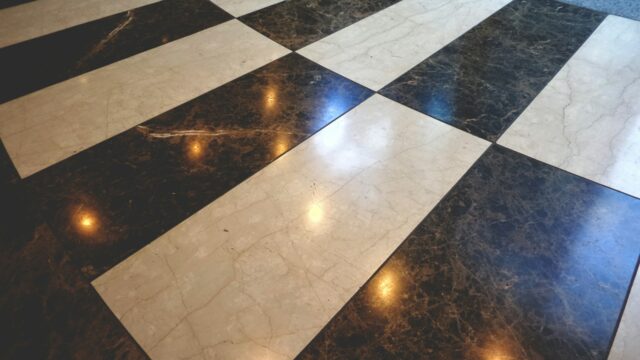Flooring is a fundamental aspect of any home, serving both functional and aesthetic purposes. While the right flooring can enhance your home’s value and beauty, choosing the wrong material can have long-term negative impacts. Here are five ways in which an unsuitable flooring choice can affect your home over time.
1. Reduced Home Value
The type of flooring you choose can significantly influence the resale value of your home. High-quality, durable flooring materials like hardwood or natural stone can increase a home’s market value. Conversely, opting for cheaper, low-quality materials may deter potential buyers. For example, while vinyl flooring might be cost-effective initially, it doesn’t have the same long-term value as hardwood. Buyers often look for flooring that is both visually appealing and durable, and the wrong choice can make your home less attractive in the competitive real estate market.
2. Increased Maintenance Costs
Different flooring materials require different levels of maintenance. For instance, carpets need regular vacuuming and occasional deep cleaning to maintain their appearance and hygiene. Hardwood floors, while durable, require refinishing every few years. Choosing a flooring material that doesn’t suit your lifestyle can lead to increased maintenance costs. For example, installing softwood in a high-traffic area can result in frequent repairs and replacements. Similarly, materials like marble can require expensive, specialized cleaning products and methods. Over time, these increased maintenance costs can add up, making your flooring choice more expensive than anticipated.
3. Health and Safety Concerns
Certain flooring materials can pose health and safety risks, especially in households with children, elderly individuals, or people with allergies. For instance, carpets can harbor dust, mites, and allergens, potentially exacerbating respiratory problems. Slippery materials like polished tiles can increase the risk of falls and injuries. On the other hand, materials like cork can provide a safer, hypoallergenic alternative. It’s crucial to consider these factors to ensure your home remains a safe and healthy environment.
4. Negative Environmental Impact
The sustainability of the flooring material is an increasingly important consideration. Some materials, like certain types of wood or synthetic carpets, can have a significant environmental impact due to their manufacturing and disposal processes. Choosing such materials contributes to environmental degradation over time. Conversely, sustainable options like bamboo, cork, or recycled materials can help reduce your home’s environmental footprint. The wrong choice can not only affect the planet but also impact the perception of your home among environmentally conscious buyers.
5. Aesthetic and Comfort Issues
A mismatch between your flooring and the architectural style or interior design can create a discordant and unappealing environment. For example, a modern, minimalist home might not suit ornate, traditional tile patterns. Additionally, the comfort offered by different materials varies; hard materials like stone can be uncomfortable to stand on for long periods, whereas softer options like cork can provide more comfort. Choosing flooring that doesn’t complement your home’s style or meet comfort needs can diminish your enjoyment of the space over time.
Conclusion
The flooring you choose for your home is a long-term investment. Carefully considering these factors and consulting with flooring professionals can help you make an informed decision that you’ll be satisfied with for years to come. Remember, a well-thought-out flooring choice can significantly enhance your home’s livability and value.
